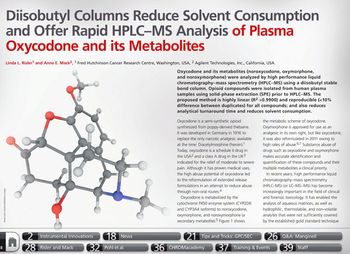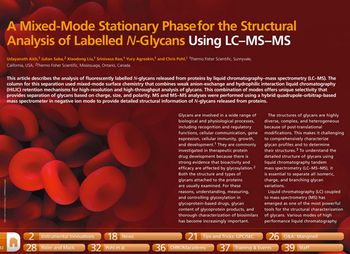
The Column
Residues of chili pepper (Capsicum) have been found on pottery dating back 2000 years in southern Mexico, according to a study published in PLOS ONE.1 The New World Archeological Foundation (NWAF) first excavated the pottery (thought to date from 400 BCE–300 CE) from Chiapa de Corzo between 1955 and 1963.




